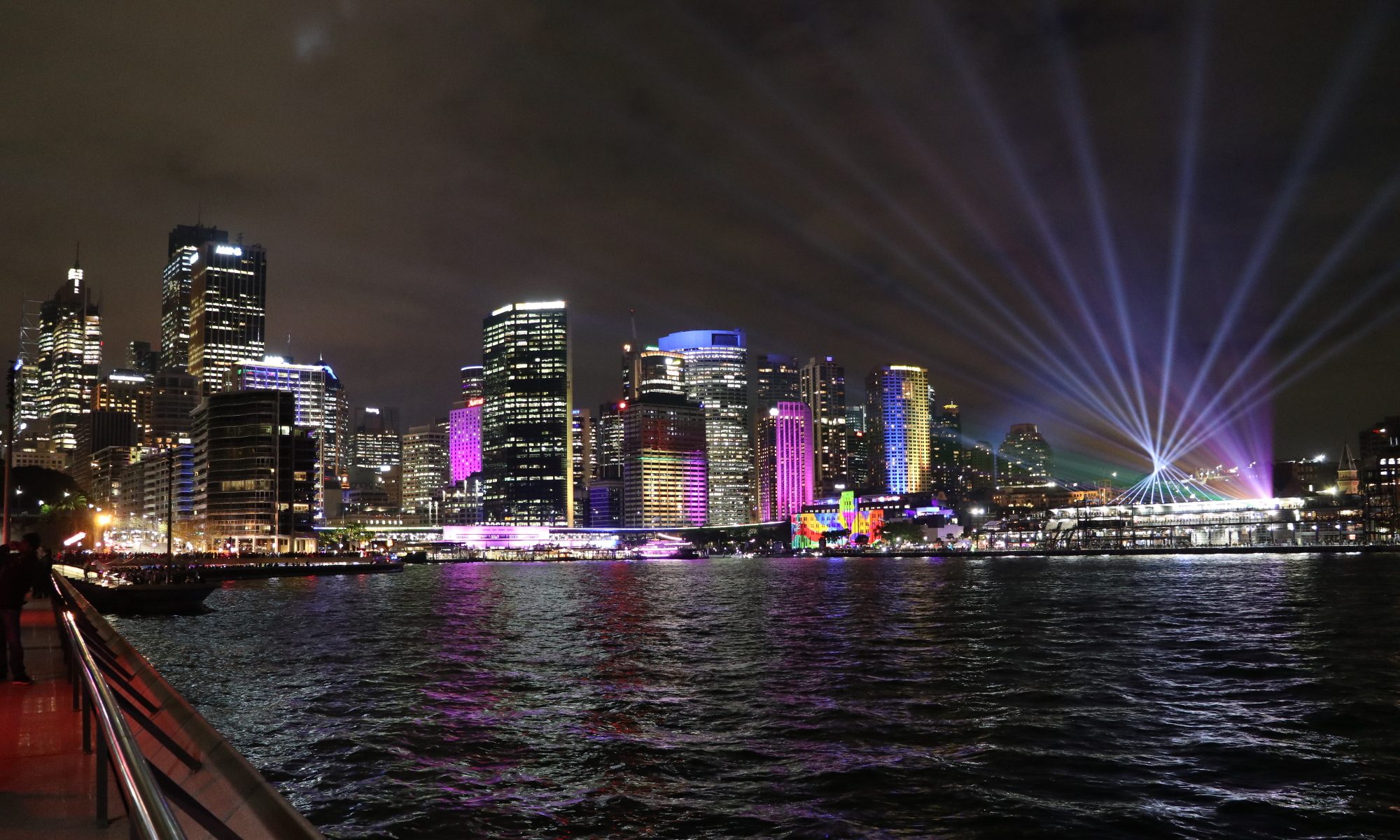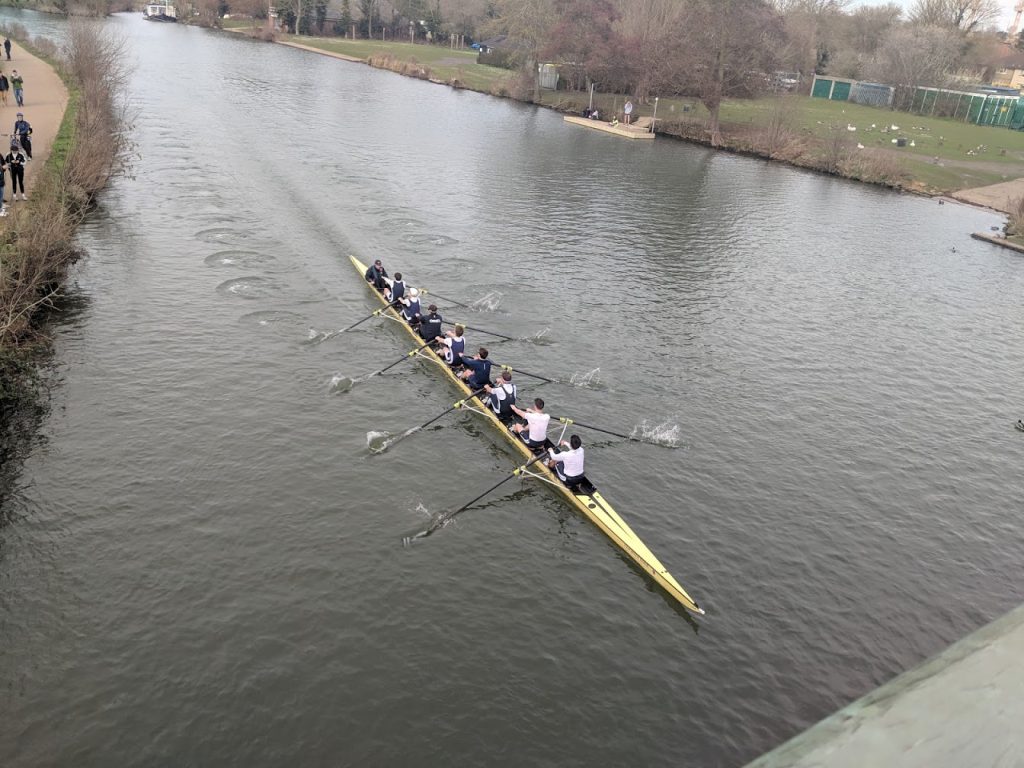Short version: Life is full of metrics, and applying optimisation is useful, but be mindful of why not merely the how. Rowing is big in Oxford.
Long version:
Optimisation:
I can be a little obsessive about optimisation. I think it comes from doing a lot of mathematics. In the upcoming book The Metric Society, Steffen Mau describes a world where increasingly scores can be assigned to all aspects of life. I would guess the most common metrics people are concerned with are their bank balance and their weight, usually trying to maximise one and minimise the other. In everyday life I often find myself crunching numbers at the supermarket, aspiring to shave seconds off my running pace, cramming one extra experimental condition into the day. Is optimisation ultimately worth aspiring to? I’ve been reminded by friends this week that life isn’t always an optimisation problem. Optimisation can help me get faster, or spend more time at an art gallery, but it can’t tell me which one would make me happier, or is a more worthy way to spend time. I think it is important that I remember the ever growing pool of metrics are tools, rather than ends in themselves. More on this another week.
Rowing: Torpids 2019
This week the Isis in Oxford has been busy with the shouts and splashing of students rowing races. Oxford is relatively famous for its rowing. The Boat Race between Oxford and Cambridge along the Thames attracted between 250,000 and 400,000 spectators in 2017. However unlike that race, or in Olympic rowing, the boats in this week’s races (known as Torpids) do not compete in parallel, but rather line up in sequence and chase one another.
Introduction to bumps racing:
Oxford is made up of many colleges which compete in, amongst other things, rowing. Since the main river through Oxford is narrow, and the race is contested by many boats (73 men’s boats and 61 women’s boats this week), it is not possible to race side by side. Instead they compete in divisions of 12 boats (13 boats per race including the top boat of the next lower division), with each boat starting simultaneously but separated by intervals of 130 feet. The aim of the first boat is to finish the course without being “bumped” by a boat further down the sequence, whilst all other boats are aiming to catch the next boat ahead. In Torpids specifically, once you “bump” (by overtaking, making physical contact, or the boat in front conceding) you leave the race, whilst the boat that has been bumped carries on. This protects the boat that achieved a bump from then being bumped in that race, even if the boat immediately behind would have eventually (or imminently) caught it. How this plays out is that in each race a boat usually only maintains its rank (known as rowing over), moves up one position (bumping), or moves down one position (is bumped), and so only the top four seeded boats meaningfully contest the position of top ranked boat (known as “head of the river”). Getting a bump on each of the four days is nearly always the best performance a crew can hope for, and is rewarded by “blades” (oars decorated with the names of the crew) being earned. Since a boat that has been bumped carries on rowing, it is possible to be bumped multiple times, and this is reflected in some pretty significant drops (e.g. Pembroke 2nd boat falling 8 places on the last day of racing). Further complicating the results calculations is that a boat that is bumped can continue on to bump, which is the only circumstance where a boat can gain multiple places. This creates the incredibly unlikely possibility that a boat can rise from the bottom of it’s division (the 13th boat) to the top (1st) in one race: only achieved by each boat bumping the one in front in the specific sequence of reverse order; 13 bumping 12, 12 bumping 11, and so on until having been bumped by 3, 2 then bumps 1. This would result in the boats then being ordered in reverse order to their starting order. Assuming then performances consistent with that first race, all boats would then proceed to row over (finish the course without being bumped). Notably this system of racing strongly encourages starting as hard as possible to catch the boat in front as early as possible.
Notable Performances of Torpids 2019:
Teddy Hall Men’s 1st boat were the highest seeded crew to get blades, gaining four places in Division 1, whilst GTC Women’s 1st boat also got blades in division 1, with an even more impressive 5 places gain. Brasenose Men’s 1st boat gained the most places on their path to blades at 7, while Hertford Men’s 2nd boat had the biggest fall of an impressive 14 places.
More details:
You can see the full results of Topids 2019 here. The full Rules of Racing are here. St Hugh’s Boat Club provide a Glossary of Rowing Terms here.
Upcoming Rowing Events:
Oxford and Cambridge compete again in London on Sunday 7th April 2019. Bumps are next being raced in Oxford on 29th May to 1st June 2019.
Other Rowing Stuff:
Australian Rowers Eat 25-30 MJ per day, British Rowing, Rowing Australia, RowingNZ,US Rowing.




